This week’s installment of Niagara Discoveries is another special request from a reader. Like Lockport Public Library, Niagara Falls Public Library has a long and interesting history which will be covered in a future essay; this week, let's look in on the history of the LaSalle branch of the Niagara Falls library.
LaSalle the neighborhood was not always a part of the city of Niagara Falls. Until 1927, LaSalle was a village in the town of Niagara. That year, the residents of both the village and the city voted to annex LaSalle to the larger municipality.
When it was still a village, on September 27, 1914, a group of local ladies met “for the purpose of stimulating community interest in cultural and community affairs, and to study literature.” The founding members were Gertrude Walker, Lillian Cooper, Lina Emblidge, Anna Emblidge, Candace McFarland and Carrie Hodge. The club was limited to 25 members and met monthly to review books. The group originally met in a room in the LaSalle Post Office but when that was needed for space for the post office, they moved to a room in the Village Hall, then on Cayuga Drive near South Military Road.
A public meeting of the LaSalle Literary Club was called on Nov. 27, 1915 at the Village Hall to establish the LaSalle Public Library. Two weeks later, on December 10th, the Buffalo Evening News reported that another meeting was announced for the following evening when the “organization of the LaSalle Public Library Association will be completed and officers for the year 1916 will be elected.” The article went on to state that “the officers will then get in touch with the State authorities and secure the State aid rendered to projects of this kind.” The Literary Club would donate “upwards of 100 books” to get the library started. For the first two years of its existence, the library was housed in the Literary Club’s room at the Post Office.
By the following year, LaSalle Public Library (sometimes referred to as LaSalle Free Library), had a collection of 983 books — 478 acquired through the efforts of the LaSalle Literary Club, 235 purchased with state and local funds and 270 donated as “gifts” from other sources. In the first six months of its opening, 2,138 volumes were borrowed. The semi-yearly budget for the second half of 1916 reflected a $30.24 surplus (about $845 today).
In November 1917, in time for its second anniversary, the LaSalle library moved, along with the Literary Club, to the Village Hall on Cayuga Drive. This was during World War I and the library became a resource for housewives and other civilians to find information on starting vegetable gardens, obtaining recipes for wheatless and meatless meals and learning other ways to assist with the war effort. In the late 1910s and into the 1920s, the LaSalle Literary Club conducted classes at the library offered through the Extension Department at the State University of New York while also sponsoring many types of fundraisers to continue equipping the LaSalle library with books and furnishings.
The next major, and most significant, change occurred in 1925 when the new LaSalle Village Hall was opened on Buffalo Avenue at the corner of what is now 87th Street. The municipal building housed the Village offices, the Police Department (including jail cells), the Post Office and two rooms dedicated for the library. Just two years later, in 1927, the vote to annex LaSalle to the City of Niagara Falls was held and the Village Hall became a community hub for various activities. For decades after the annexation, the building was still called the Village Hall.
With the start of the Great Depression, all libraries became even more vital to their communities, lending books and other resources free of charge. Despite the economic conditions of the era, the LaSalle Literary Club continued to raise funds for the library as well as offer classes and monthly book reviews. Even before the U.S. entry into World War II, the Literary Club was utilizing LaSalle Library as a center for collecting materials for the Red Cross and “Bundles for Britain.” After the U.S. entered the war, the library also collected books and magazines for servicemen overseas.
With the increased wartime activity, the library was in need of additional space and was able to use other rooms temporarily. It wasn’t until 1955, when the Post Office moved out of the Village Hall, that the library was able to expand into that area. The LaSalle Literary Club continued to take the lead in providing funds and materials. From the 1950s through the 1970s, LaSalle Library added more books, resources and programs for the community to enjoy, including a travelogue series, which was popular during this time.
By the early 1980s, when the Earl Brydges Library on Main Street was in need of serious repairs, it was suggested that books from that library could be stored on the second floor of the LaSalle branch. This led to an assessment of the Buffalo Avenue facility which found that building also had structural issues that prevented it from safely holding the weight of additional books. The library could remain open with only the use of the first floor and the basement while the interior and exterior repairs took place. The work was completed in August of 1982.
At about this same time, LaSalle Library began facing the biggest challenge to its existence: continued funding. During almost every City of Niagara Falls administration from the mid 1980s to the 2010s there had been discussion of greatly reducing the services at, or completely closing, LaSalle Library to trim the budget without raising taxes. At one point there was an effort to sever the two libraries from the city and have residents vote on a separate budget just to fund the libraries. When this proposal went to a vote, it was defeated.
Today, LaSalle Library receives funding from the City of Niagara Falls as well as from New York State for equipment, education, special projects and infrastructure needs. It is open 41 hours a week to serve the community. In 2016, the library took center stage when it was used for important scenes in the historical-based movie, “Marshall.”
The LaSalle Literary Club will celebrate its 109th anniversary this week. The club continues to meet at LaSalle Library for programs and book reviews and works to support the library through a variety of fundraisers throughout the year.





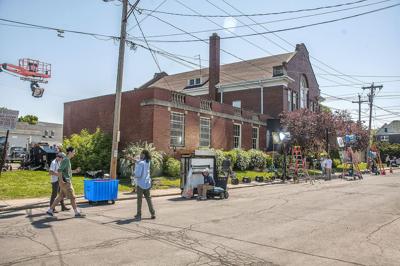


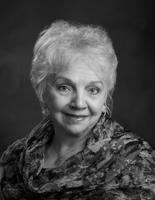

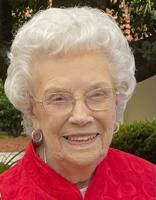
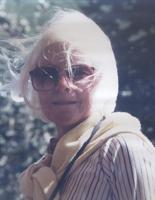
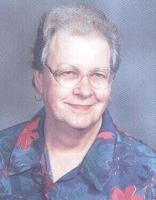
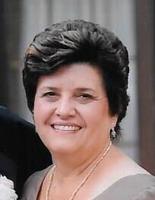






Commented
Sorry, there are no recent results for popular commented articles.